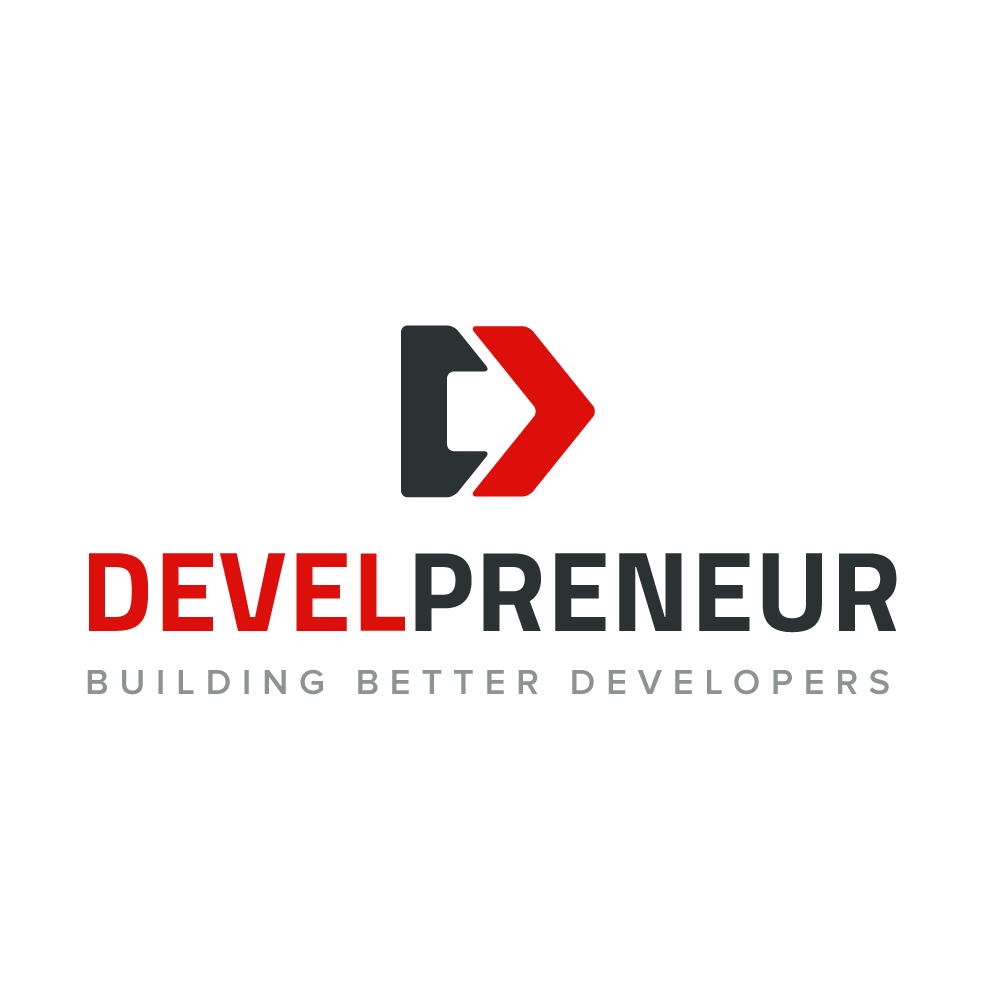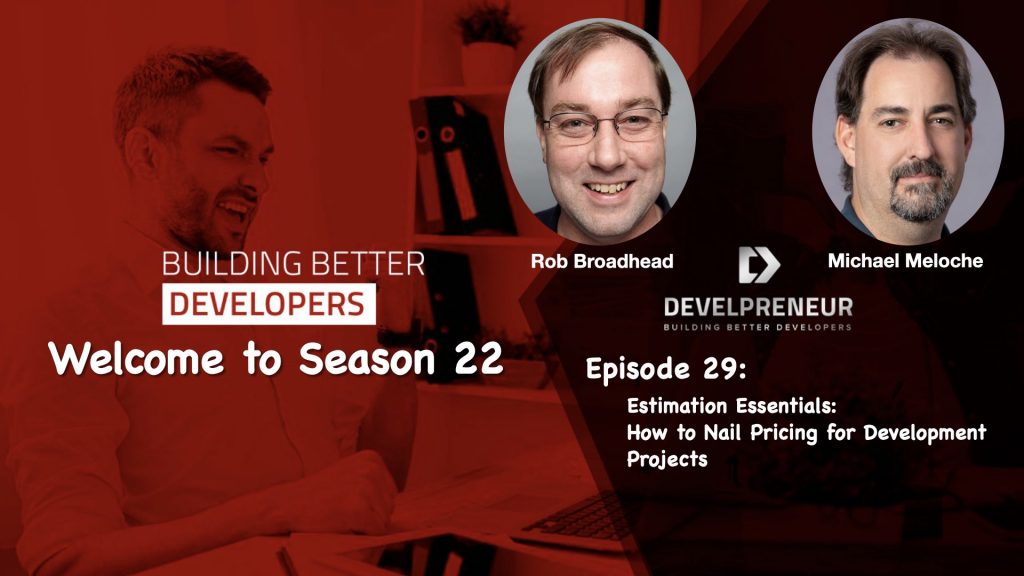This Building Better Developers podcast episode focuses on a crucial and often tricky aspect of the developer journey—pricing and estimation. As developers progress in their careers, they eventually move beyond short-term tasks and need to estimate project-level work. This includes their own time and the time of other team members, system requirements, and environmental needs. Understanding how to accurately price and estimate a project is vital to ensuring both the success of the project and a healthy client relationship.
Why Requirements Matter in Estimation
One of the first points highlighted in this episode is the critical role of requirements in pricing and estimation. In any development project, gathering as many requirements as possible before starting is essential. While agile methodologies encourage flexibility, having a solid foundation to prevent chaos down the road is still important. Rob stresses that without clear requirements, estimations can quickly become meaningless, leading to missed deadlines and ballooning costs.
Although some requirements may evolve during the project, the more information you can gather upfront, the more accurate your estimates will be. Agile allows for course corrections, but there must be a starting point to avoid “spinning your wheels” and wasting time and resources.
Using Buckets to Estimate Tasks
One practical approach to managing uncertainties in project estimation is breaking the project down into smaller “buckets” or groupings. Developers can assign rough estimates for each part by dividing the project into smaller components. For example, a 5,000-hour project might be split into development, testing, design, and project management categories.
This method also helps when estimating work for others on the team. Developers should account for different skill levels and experience, adjusting estimates based on how long it might take different team members to complete a task. Rob suggests using your experience as a baseline and then adjusting for the various levels of expertise within the team.
The Importance of Over-Estimating
A key takeaway from the podcast is the importance of overestimating time and costs. It’s easy to underestimate how long a task will take, especially when dealing with larger projects that stretch over months. While underestimating might help win a project, it can lead to significant problems if the work takes longer than expected. This is particularly dangerous in long-term projects, where underestimating can result in burnout, frustration, and dissatisfied clients.
To avoid these issues, developers are advised to double or even triple their original estimates to allow room for unforeseen challenges. Rob points out that it’s always better to deliver under budget or ahead of schedule than to come up short and disappoint your client.
Estimating Hardware and Infrastructure Costs
In addition to estimating development time, developers also need to factor in hardware and infrastructure costs. In cloud-based projects, for example, many automated tools can help estimate the cost of servers, storage, and other resources. However, these estimates can be wildly inaccurate without understanding the full scope of user behavior and project requirements.
Key questions to ask when estimating hardware include:
- How many users will be on the system?
- Will the system handle global or local traffic?
- Will it involve significant data storage?
- What are the performance expectations?
These considerations can majorly impact both hardware costs and project timelines.
Accounting for Hidden Costs
One area where developers often struggle in pricing and estimation is accounting for the hidden costs associated with a project. Meetings, agile ceremonies (such as daily stand-ups, sprint reviews, and retrospectives), and project management tasks take time away from development but are crucial to project success.
For those transitioning from a side hustle to a full-time freelance business, it’s also essential to factor in other costs such as software subscriptions, equipment, and even time spent networking or marketing. These are necessary to run a business but are often overlooked in project estimates.
Build Buffers Into Your Estimates
When pricing and estimating a project, developers should aim to build in time buffers to account for the unknown. This means providing a range rather than a fixed number for estimates. Rob suggests it’s better to estimate higher than necessary because it’s easier to lower a cost than to explain why it exceeded the original estimate.
Additionally, developers are encouraged to outline assumptions clearly in their estimates. This transparency helps clients understand the reasoning behind the numbers and prepares them for any potential changes during the project lifecycle.
Final Thoughts on Pricing and Estimation
Mastering pricing and estimation is a skill that takes time and experience to develop. Developers need to learn how to break down projects into smaller, more manageable components, account for various skill levels within the team, and ensure they’re not underestimating the project timeline or cost. It’s better to overestimate and exceed expectations than to underestimate and fall short.
For developers, pricing and estimation also include looking beyond just coding hours to all the other factors affecting a project—meetings, infrastructure, and unexpected challenges. By considering these, developers can provide better estimates, manage client expectations, and deliver projects that meet quality and budget requirements.
Stay Connected: Join the Developreneur Community
We invite you to join our community and share your coding journey with us. Whether you’re a seasoned developer or just starting, there’s always room to learn and grow together. Contact us at [email protected] with your questions, feedback, or suggestions for future episodes. Together, let’s continue exploring the exciting world of software development.


[…] Estimation Essentials: How to Nail Pricing for Development Projects […]
[…] Better Developers with AI, Rob Broadhead and Michael Meloche revisit their earlier discussion on “Estimation Essentials” and explore how AI helps sharpen project pricing. The theme is clear: estimation is less about […]